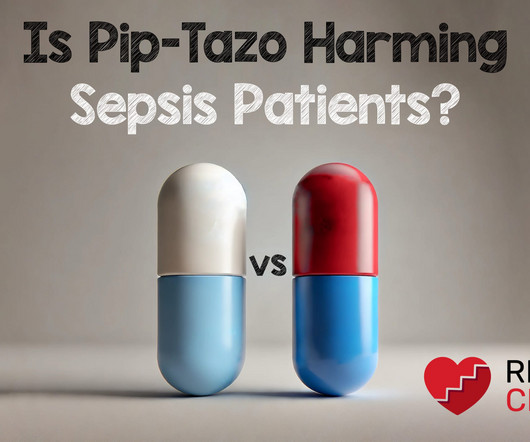Fluoroquinolone Use In Children
Pediatric EM Morsels
AUGUST 18, 2023
None of the patients were documented to have joint disease at follow up. Etminan 2019) In Belgium between 2010 – 2013, of the 262 children treated with fluroquinolones while hospitalized, only 17% were used for labelled indications. There were 2523 children included. 451 pediatric patients were included. J Pediatric Infect Dis Soc.



















Let's personalize your content